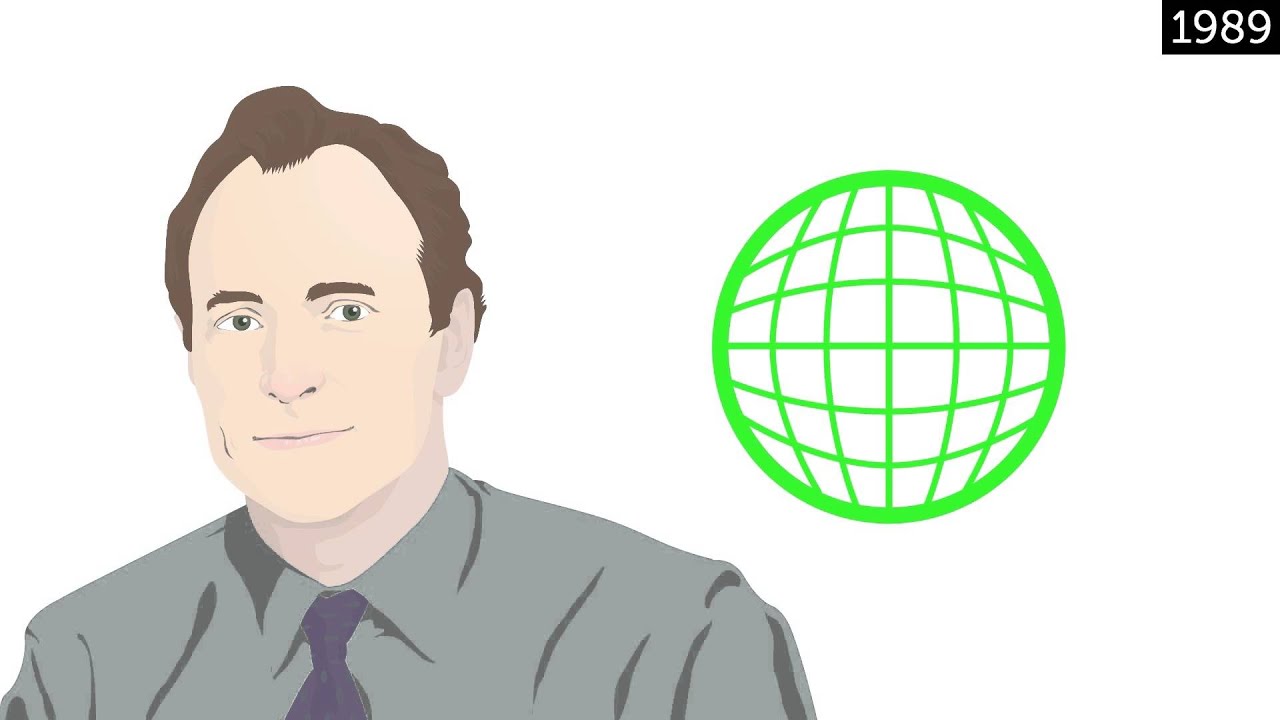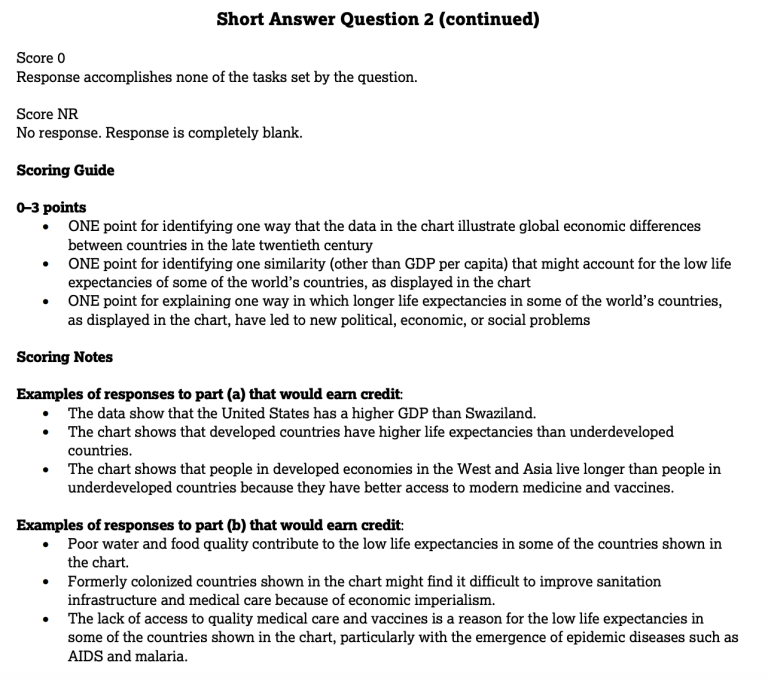An Animated History Of The World Wide Web
The World Wide Web has come a long way since its invention in 1989. An Animated History of the World Wide Web gives us an overview of the evolution of the web from its beginnings to modern day. This animated presentation covers topics such as the invention of the web, the dot-com boom, the rise of social media, the mobile revolution, and the development of the internet of things. As well as providing a brief overview of the history of the web, this presentation offers insight into how the web has changed our lives and continues to shape our world. It is an essential watch for anyone interested in the history of the web and its impact on the modern world.
Pre-Web Era: The Early Years of the Internet
The internet has come a long way since its early days. Before the World Wide Web was even a thought, the internet began as a way to connect different networks of computers. This was known as the pre-web era as the internet was still in its infancy. During this era, computers were connected through the use of modems and telephone lines, and the only way to access the internet was through a command line. This was long before the invention of the web browser and the days of dial-up connections.
The pre-web era of the internet was driven by a number of key players such as ARPANET, which was the first large-scale computer network, and the US Department of Defense who funded the development of the internet. This era was also marked by the development of many of the technologies that we use today, such as email, FTP, telnet, and Usenet. It was also during this time that the first search engines and web servers were developed.
The pre-web era of the internet was an important time in the history of the World Wide Web and saw the development of many of the technologies that we use today. It was a time of great innovation and laid the groundwork for the development of the World Wide Web.
The Birth of the World Wide Web
The World Wide Web (WWW) as we know it today began as a humble idea in the minds of two computer scientists: Tim Berners-Lee and Robert Cailliau. In 1989, the pair first proposed an information sharing system that was built on the existing infrastructure of the Internet. They envisioned a web of documents that could be connected and accessed from anywhere in the world, and by 1991, they had created the first web browser and server software. This breakthrough made it possible to access and share information with just one click, and the World Wide Web was born.
Since then, the World Wide Web has grown exponentially in size and scope. Today, it’s a complex and interconnected network of millions of websites that are constantly changing and evolving. It’s used by billions of people around the world to access information, conduct business, and stay connected. The Web has revolutionized the way we communicate, shop, and live our lives. It has also enabled creative new ways to share and experience media, from podcasts and streaming videos to virtual reality and augmented reality. The World Wide Web has truly become a global phenomenon.
The Early Adoption of the World Wide Web
The World Wide Web (WWW) has become an essential part of our lives, connecting us to information, entertainment, and each other. But it wasn’t always this way. In the early days of the web, it was a much different place. In order to understand the evolution of the WWW, it is important to look at its early adoption and the impact it had on society.
The first version of the web, known as the “classic web”, was created in 1989 by British scientist Tim Berners-Lee. It was designed as a way for scientists to share information across the globe. This was revolutionary at the time, as it allowed for communication and information sharing without the need for expensive hardware or software.
However, it wasn’t until the mid-1990s that the web began to take off. At this time, the web was revolutionized with the invention of the graphical user interface (GUI). This allowed for a more user-friendly experience and made the web more accessible to the general public. With the advent of the GUI, the web quickly became an integral part of everyday life.
Since then, the web has evolved into a powerful and dynamic platform for communication, collaboration, and entertainment. It has changed the way we do business, interact with each other, and access information. From its humble beginnings in the early days of the Internet, the web has come a long way and continues to be a powerful force in our lives.

The Dawn of the Dot-Com Boom
The World Wide Web (WWW) has come a long way since its inception in 1989, with the development of technologies such as HTML, JavaScript, and CSS. But for many, the real “boom” happened in the mid-90s when the so-called “dot-com” era took off. This period marked a major shift in the way businesses and consumers interacted with the internet, with the advent of e-commerce, search engine optimization, and online advertising. It was during this time that many of the web’s most popular sites, such as Amazon, Google, and eBay, were launched.
The dot-com boom brought about a new wave of entrepreneurs who were willing to take risks and invest in online businesses. This period of rapid growth saw the rise of tech startups with innovative concepts, such as streaming video services and social media platforms. It also saw the emergence of powerful new tools to help people find and use information online, such as search engine algorithms and web analytics. This was a period of significant growth for the internet, and the impact of the dot-com boom is still felt today.
0 and the Social Media Revolution
The World Wide Web changed the way the world communicates and interacts forever. In the mid-1990s, the internet was a largely unexplored frontier, a new way to access information and connect with people. But it was the introduction of the 0 internet protocol that took the internet to the next level. This enabled website development and the creation of social media platforms, revolutionizing the way people communicate and interact.
At the same time, the development of social media platforms enabled people to share information more quickly and easily. By creating an interconnected web of information and communication, social media revolutionized how people interact with each other. It allowed people to stay connected with friends and family, and build relationships with people across the world.
Social media also enabled the development of the sharing economy, allowing people to sell services and products directly to each other. This made it easier for people to start their own businesses, and share their ideas and skills with the world.
The 0 internet protocol and the creation of social media have changed the world in countless ways. In just a few decades, it has transformed how people communicate and interact, and allowed us to create a global community more connected than ever before.
The Emergence of the Mobile Web
The mobile web has revolutionized the way people access, use and interact with the internet. The emergence of mobile web technology has allowed users to access the same content, regardless of their location or device. As mobile web usage continues to grow, it’s important to understand its history and impact.
In the early 2000s, the growth of mobile web was slow due to limited network coverage and slow data speeds. However, the introduction of 3G networks and the increasing availability of broadband internet access made mobile web faster and more reliable. This allowed users to access content from any device, whether it was a laptop, desktop, phone, or tablet.
As technology advanced, so did the mobile web. Smartphones and tablets became more powerful and popular, and developers created apps specifically tailored to these devices. This allowed users to access the same content as on the desktop, with added convenience and speed.
Today, the mobile web is an integral part of our lives. We use it to stay connected to the world, shop, and access entertainment. Mobile web gives us the freedom to access the same content from any device, regardless of location. As mobile web technology continues to evolve, we can only expect the possibilities to expand.
FAQs About the An Animated History Of The World Wide Web
1. What is an animated history of the World Wide Web?
An animated history of the World Wide Web is an interactive documentary that provides a comprehensive overview of the development of the Internet from its early days to the present. It is presented in an engaging and informative way that highlights the major milestones in the evolution of the World Wide Web.
2. Who created the animated history of the World Wide Web?
The animated history of the World Wide Web was created by the World Wide Web Consortium, the international community of web experts responsible for developing web standards.
3. What topics are covered in the animated history of the World Wide Web?
The animated history of the World Wide Web covers a variety of topics, including the invention of the web, the development of HTML, the growth of the web, the importance of open standards, and the impact of the web on society.
Conclusion
The World Wide Web has come a long way since its inception in the late 1980s. From its humble beginnings as a research project to its current status as a ubiquitous global communication tool, the Web has been an incredible success story. The animated history of the World Wide Web serves as a testament to this success, showing us how far the web has come in a relatively short period of time. As the web continues to evolve, it’s likely that future generations will be able to look back at this animated history as a reminder of how far the World Wide Web has come.





